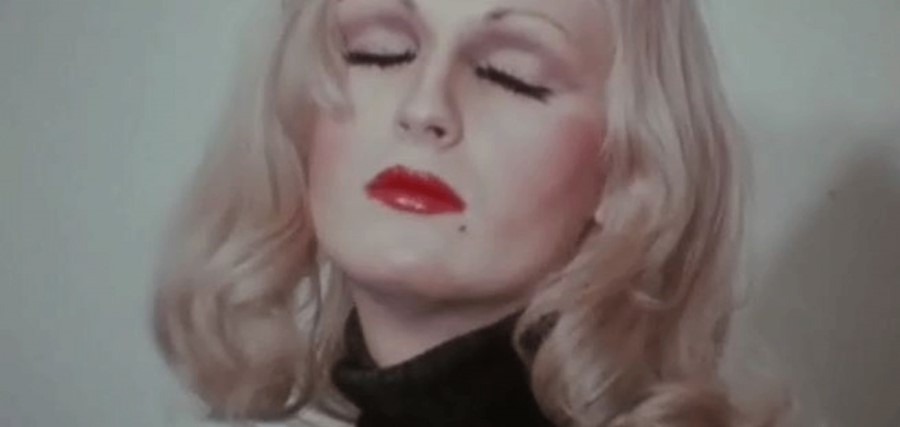The 1971 film starring Jackie Curtis, Candy Darling and Holly Woodlawn offers lessons in both style and social standing
At the time of Women in Revolt’s initial release in 1971, as today, critics and fans alike questioned the intentions of Paul Morrissey’s stylised satire on the Women’s Liberation Movement. As a right-wing man, Morrissey’s writing of the script – which starred three transgender women, Jackie Curtis, Candy Darling and Holly Woodlawn, whose attempt to form a women’s lib group called P.I.G. (Politically Involved Girls) ultimately leads each to tragedy – can be perceived as problematic. The fact it is produced by Andy Warhol only adds another layer to this; some suggest the film is his mocking reaction to radical feminist and writer of the SCUM Manifesto Valerie Solanas’ attempt to kill him. Despite all of this, the film shines. The script is brought to life through the often improvised performances of Curtis, Darling and Woodlawn. They are three women, each following a different path, and united for one reason: liberation from societal oppression and “from being exploited”.
Women in Revolt is still radical for many reasons. Not only does it, albeit satirically, address the trials, tribulations and trauma of women, both cis- and transgendered, in daily life, but it also comments on the age old narrative of women’s demise in the pursuit of success – or here, liberation – through sex, glamour, money and sin. And in the film, it is the clothes that become the signifiers of these things throughout each character’s journey. Jackie, Candy and Holly’s style isn’t so much costume as individual and sartorial expression of identity: clothes become symbols for the oppressive society in which they live, as well as of the lives they want to lead.
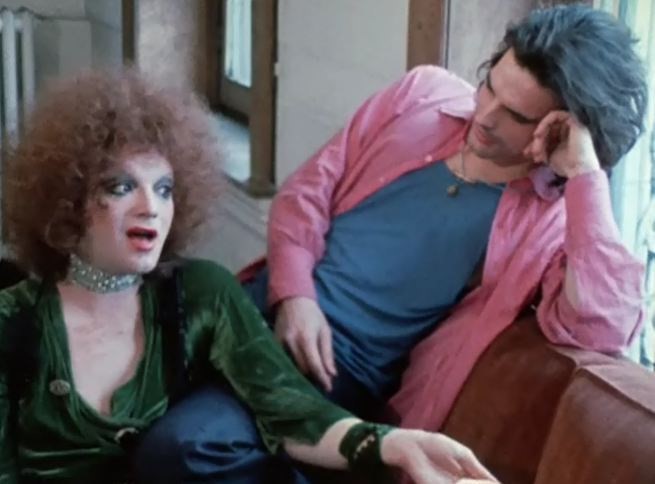
1. Always dress for what you want
Jackie Curtis is a cool-headed intellectual and the driving force behind P.I.G. She is focused on sourcing funding and attends business meetings, always dressing for the occasion. For a group meeting with Candy Darling – who they are trying to persuade to join and fund P.I.G. – Jackie wears a black pencil skirt, matching blazer with brooches on the lapels and long, soft pink feather boa, mirroring the indulgent glamour of rich socialite Candy. Later, during a meeting with the elderly Mrs Fitzpatrick, she removes the boa to reveal a black round-collared neckline and an embellished red shirt under her blazer, for a more conventional, business-like and sophisticated look.
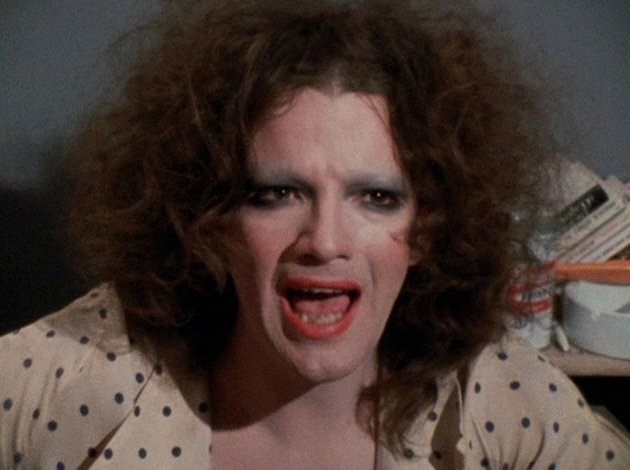
2. Be fabulously furious
Red symbolises passion, anger, lust, danger, adventure, energy and seduction; it is a powerful colour, and it’s burdened with meaning. In the film, red unites the women – whether it be through make-up, accessories, clothes or men. The first meeting takes place in a red room, and all three wear black and red, bar Candy who opts for a cream and red combination. Although red is also used as a warning – Candy’s abuser wears a red shirt and her dad a red tie; Jackie wears a red blouse when she loses her virginity, leading to her pregnancy; Mr America’s T-shirt has red stripes – it predominantly signifies the women’s pursuit of liberation. The colour’s inherent meanings imprint on women’s liberation, reminding society of the characters’ ability to be passionate, dangerous, lustful, and also angry – or, according to Candy, furious and fabulous.
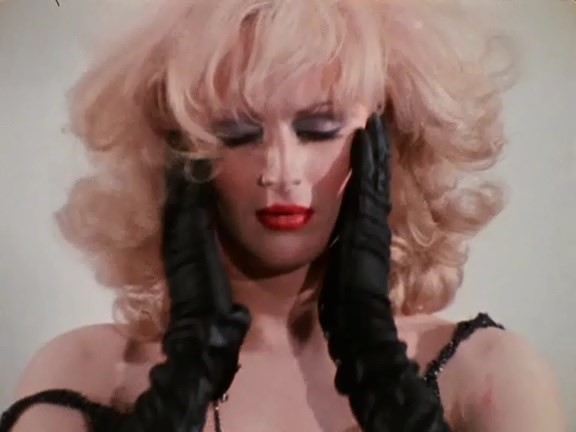
3. Beauty is more than skin deep
Everything Candy wears on her body and her face is exquisite: her glistening red lipstick, softly powdered eyelids, black sequinned sunhat, peroxide hair and double row of pearls. In fact, throughout the film we only see her in black, cream and red. She is a classic glamour girl. Her clothes fit perfectly and all details are considered, from buttons and collars to extravagant jewellery and accessories. She desperately wants to break away from her heiress legacy and make her own money. She believes in herself, telling her ‘daddy’: “women’s liberation has shown me just who I am and just what I can be”. But sadly she is taken advantage of and made to feel unworthy. Her acting career develops from the exploitation of her appearance, and she becomes famous for non-speaking, non-talking, non-singing roles.

4. If something works, don’t change it
While all the women are vastly different in character and dress, they share a penchant for curly hair and dramatically outlined eyes. Their beauty is undoubtedly a sign of the times – wavy locks frame faces and eyes are heavy with liner and shadow, synonymous with 1970s style – but it is more than that. The imitable beauty of not only Jackie, Candy and Holly but all of the P.I.G. is consistent throughout – it is a statement. Make-up and hair provide an opportunity for expression; beauty is a celebration of self. Perhaps it is here that we see Warhol’s influence: the character’s hair is coiffed and faces are always painted, not for the purpose of objectification or fetishisation but as an artform in and of itself.
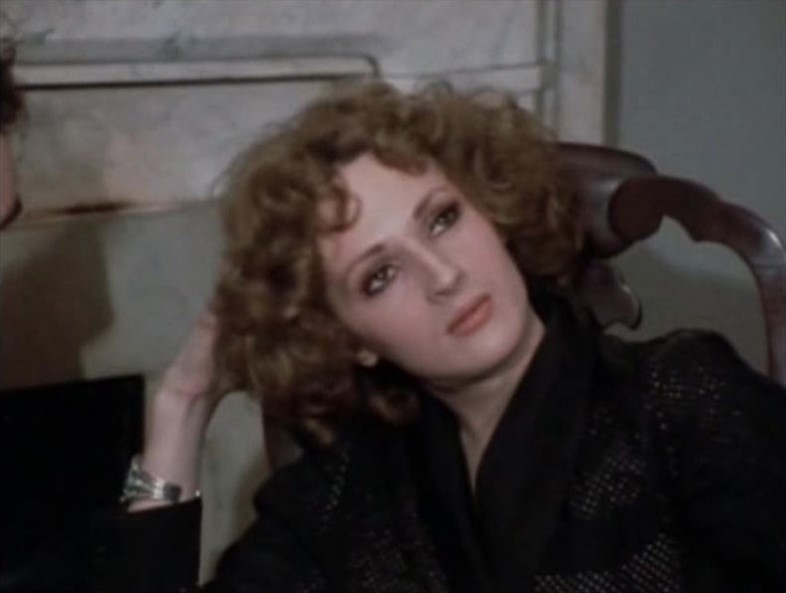
5. Remember freedom is not a luxury
“Don’t you want to take off your clothes and be free?” asks Jackie, as Holly lurches forward to help Prin undress. Holly herself spends the majority of the film either nude or half-dressed. She enjoys sex: she’s often characterised as a nymphomaniac, and in the film she’s called a ‘tramp’, but really her uninhibited attitude to sex is a performative exaggeration of sexual liberation. Holly’s overtly sexualised character is an embodiment and explicit depiction of what is usually shamed and repressed within women. Holly’s nakedness is a shedding of clothes, yes, but also of societal stigma.
